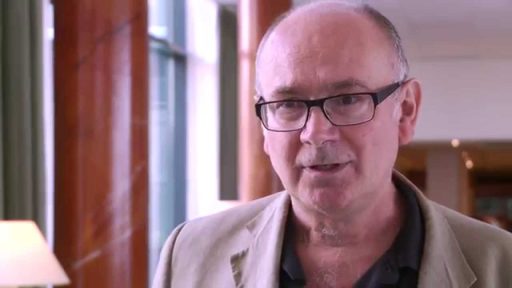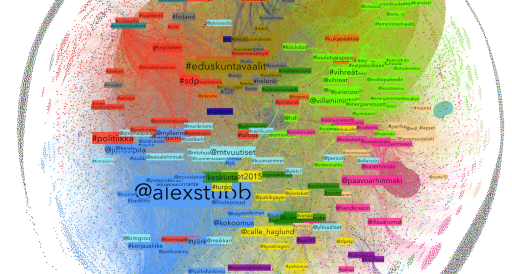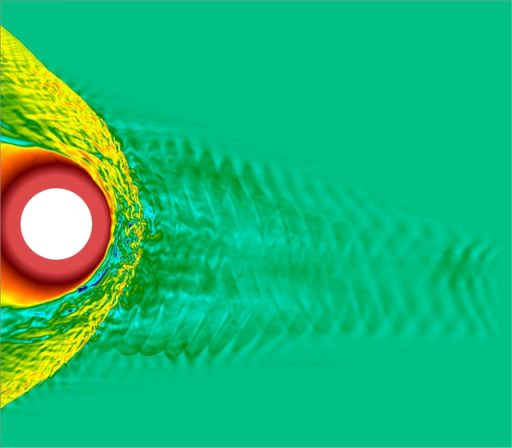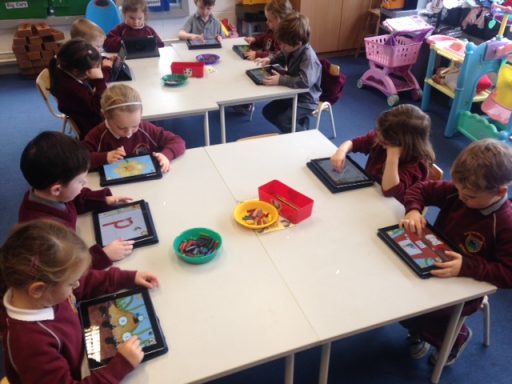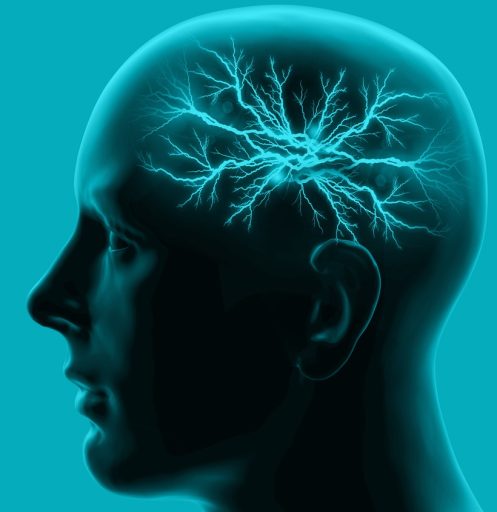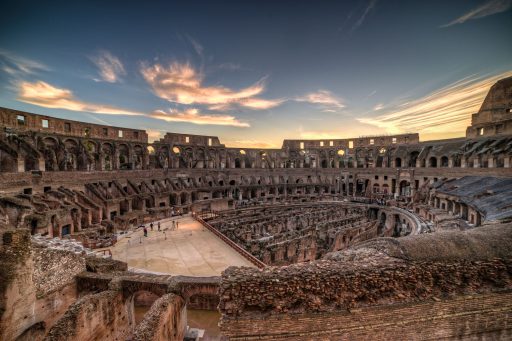MinE is an international project to search for the genetic causes of ALS (Amyotrophic Lateral Sclerosis), a deadly neurodegenerative disease. Thanks to an enormous computing facility and the best network connection, the MinE project can generate better results.
Technology is rapidly changing the way athletes and sports coaches work together. Accurate feedback and reliable assessment techniques are the main ingredients to maintain and improve performances or to effectively recover from sport injuries. Remote sensing and data sonification, underpinned by high-capacity connectivity, can improve standard data analysis techniques.
Because of its sheer size, a pipe organ is bound to the location where it’s situated, making it very rare for organists to be able to play together. Until now. A magic moment occurred at theTNC16 research and education network conference in Prague: two organs more than 2000 km apart will play a concert together, thus creating a completely new musical experience.
As social media like Facebook and Twitter become increasingly influential in the decision making of the voters, social scientists take an interest in scrutinizing, how discussions and debates emerge and evolve in the intersection between traditional media and social media. Finnish researchers have enlisted a supercomputer to crack the data.
Swedish information scientists collaborate with global pharmaceutical company and data mining experts to forecast technologies related to intelligent pharmaceuticals.
As computer simulations go, Vlasiator is as huge as they come. Developing Vlasiator, Minna Palmroth, professor at the Finnish Meteorological Institute, has succeeded in doing what many of her colleagues thought impossible: Simulating weather in near-Earth space, showing how solar wind affects us, using high performance computing and high speed networks to do so.
The provision of high-speed broadband to many primary and every post-primary school in Ireland affords schools greater opportunity to embed technology in the teaching and learning process. This opens the door to a faster, richer, more interactive and more informative Internet experience than was possible before.
Swedish researchers are incorporating sensitive register data in their cross-border analyses of the interaction between genetic and environmental factors for schizophrenia. Thanks to Tryggve, a new Nordic initiative to advance the utilization of sensitive biomedical data.
“I was curious to explore the possibilities of a poetic approach to concepts of presence and absence in different places,” says acclaimed director Giorgio Barberio Corsetti, who exploited the brand-new fiber optic connection to the Italian research and education network of major archaeological sites in Rome to create a unique live performance.


